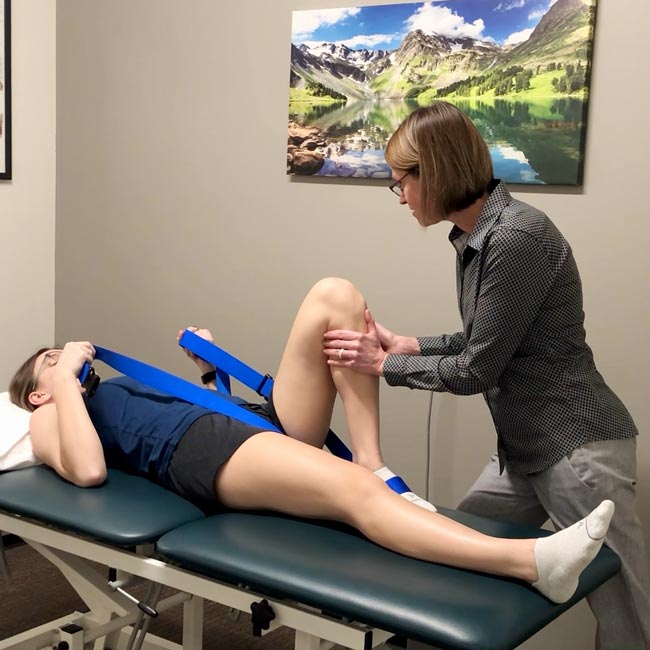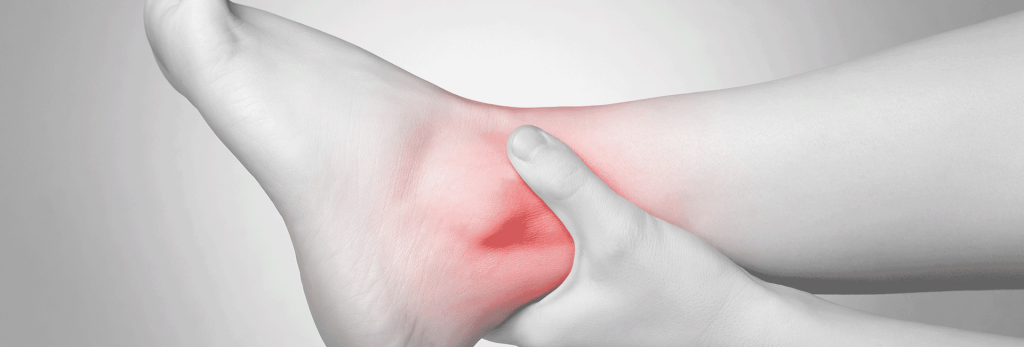Thank you for reaching out. Without an in-person assessment and details of your case, it is hard to make a specific recommendation.
However, in general most individuals with an injury like yours are referred to a physical therapist to help with recovery. Increased sensitivity and nerve irritation can be a common response following a complex injury, and there are various techniques to help address the symptoms and promote the body’s healing processes. Many of these include managing swelling, protecting the area, and following the guidelines outlined by the surgeon.
Because the initial stages of bone recovery often require immobilization, it is normal for surgeons to recommend delaying higher level activities until further in the recovery process. However, there are many hands-on techniques, exercises, and modalities that can be used to help manage symptoms related to nerve injury or swelling. For example, in the early stages of healing, patients are often provided desensitization exercises, such as running Kleenex over the sensitive area.
We would recommend having a conversation with your surgeon to discuss expectations, current symptoms, and the possibility of following up with a PT to allow for more comprehensive management of your recovery. An in-person evaluation by a physical therapist will allow them to better assess your current symptoms and the most appropriate method to manage and reduce them.
To locate a Therapeutic Associates practitioner near you, visit our clinic locator here.

Physical therapy after surgery.
As physical therapists, we know the importance of movement for overall health and well-being. Our passion is to help every patient reach their goals and live an active, pain-free life.
